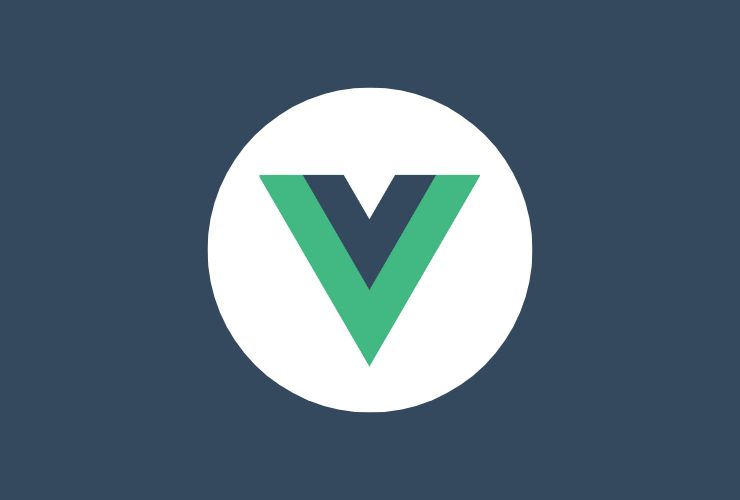Vue.js has become one of the top JavaScript frameworks employed to create modern web applications in a relatively short time. Its simplicity, reactive nature, and component-based model have captured the imagination of developers across the world. However, to truly push productivity to the next level and build robust, scalable applications, it is essential to leverage the correct libraries and tools. These can save you time, improve performance in your app, and help you follow best practices effortlessly.
Here, we’ll discuss the top 10 Vue.js tools and libraries that every developer should use to make their Vue.js development process better and create better apps.
1. Vue Router
Vue Router is the official Vue.js routing library, and it is a requirement for building single-page applications (SPAs) with seamless navigation. It enables you to map routes to components, so you can achieve dynamic client-side navigation without page reloads. Vue Router supports nested routes, so you can organize your app’s views as a hierarchy. It also supports route guards for dealing with authentication and authorization, lazy loading to improve performance by splitting your app into smaller chunks, and multiple history modes (hash, HTML5 history) to control URL structure. Without Vue Router, implementing a smooth multi-view SPA would be a lot more difficult.
2. Vuex
When your Vue app is large, it becomes difficult to maintain shared state across components in sync. Vuex is the official Vue state management library that provides a single store for all your app state. It makes predictable state changes easy using mutations and actions that make it easy to debug and test. The strictness of Vuex avoids data inconsistencies and allows for better scalability. The tool is particularly valuable in large and medium applications where several components must respond to the same changes in data consistently.
3. Vuetify
Vuetify is a highly used UI component library based on Google’s Material Design guidelines. Ithas a rich array of pre-made, responsive components such as buttons, dialogs, forms, and grids that enable developers to quickly design highly beautiful interfaces without rewriting each component from scratch. Vuetify has native theme and accessibility feature support, further making it a favorite choice of developers for creating professional-looking and clean user experiences.
4. Element Plus
Element Plus is another robust UI library targeting desktop applications but fully compatible with Vue 3. It offers a wide range of heavily customizable components like tables, date pickers, modals, and others. Element Plus is all about flexibility, where component styles along with behaviors can be readily modified by developers. If your app needs a clean, user-friendly desktop UI at a low overhead on design, Element Plus is an option worth exploring.
5. Vue Composition API
Introduced alongside Vue 3, the Composition API is a new way of organizing component logic by grouping related code into aggregates based on feature or function rather than lifecycle hooks. This organization facilitates better reuse and maintainability of code, especially in sophisticated components. While it’s now bundled with Vue 3, there’s also a standalone Composition API library for use in Vue 2 projects. Using this API facilitates more modular and readable code, less boilerplate, and easier testing.
6. Vue CLI
Vue CLI is a powerful command-line interface for streamlining the project creation and management process in Vue. It performs instant project scaffolding with a decent default configuration but also leaves space for extremely deep customization using plugins and presets. It contains out-of-the-box functionalities like hot module replacement, linting, test support, and build optimizations for faster development. Vue CLI helps new users and experienced developers to do more code and less configuration.
7. Vuelidate
User input validation is an essential part of all applications, but it can be verbose and tedious. Vuelidate is a lightweight and flexible model-based validation library for Vue.js that you can integrate into your forms with ease. You can define validation rules, you can execute asynchronous validations, and show user-friendly error messages with ease. Vuelidate’s non-intrusive design lets you keep validation logic clean and separate from your component templates.
8. Vue Test Utils
Testing is vital to ensure code quality and avoid regressions. Vue Test Utils is the official utility library for unit testing Vue components. It provides APIs to mount components, simulate user interactions, and make assertions about expected behavior in a simple and easy way. Compliant with known test runners like Jest and Mocha, Vue Test Utils promotes test-driven development and makes your Vue apps stable and bug-free.
9. Nuxt.js
Nuxt.js is a solid top-level framework on top of Vue.js where server-side rendering (SSR), static site generation (SSG), and universal app development can be done with ease. Routing, code splitting, and SEO optimization are handled by Nuxt.js out of the box, something that is arduous to do manually. Your app’s performance, SEO, and initial load time can be greatly improved using Nuxt.js and thus it is best suited for projects where these are a major priority.
10. Vue Devtools
Debugging and performance profiling Vue applications is challenging without proper tools. Vue Devtools is a crucial Chrome and Firefox browser extension that enables developers to inspect Vue component trees, observe Vuex state mutations, view events emitted, and profile performance. It offers several real-time views into your application’s structure and behavior that makes debugging and optimization significantly easier while development is underway.
Conclusion
Selecting the proper libraries and tools will make a real difference in your Vue.js development. Whatever you’re developing, whether it’s a simple single-page application or high-performance enterprise-level solution, these top Vue.js libraries and tools let you write cleaner, more readable code, simplify your workflow, and build gorgeous user experiences.










